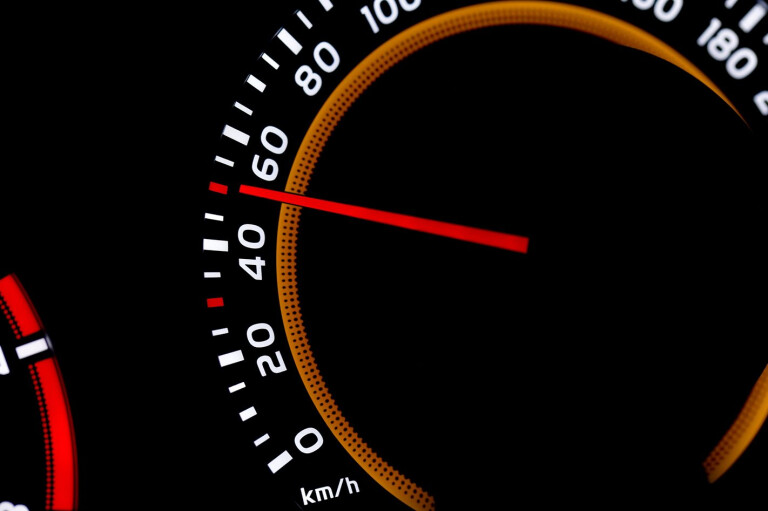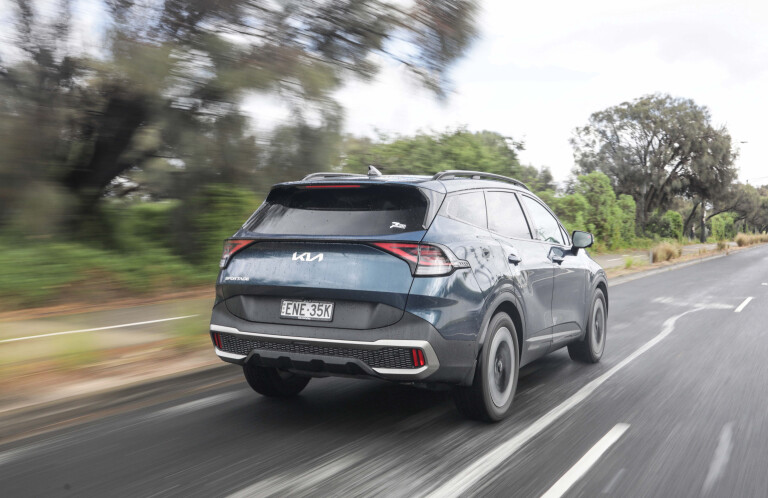
Will driving slowly actually save you fuel? It depends on the posted speed limit, outside conditions and type of car you're driving.
But the answer – on open roads at least – is yes... to a point.
Driving on a highway? Going slower theoretically saves fuel, because at high speed your engine needs to work harder to overcome drag from wind resistance, your tyres and transmission – and that drag increases exponentially the faster you go.
Reduce your speed, then less power (and thus fuel) needs to be expended to overcome that drag. Simple, right?
However, travelling at a slower speed also means your journey takes more time, so your engine is burning fuel for longer. Additionally, common sense suggests that crawling along at 20km/h is not an efficient way to drive a car.

You also need to consider the kind of powertrain your car has. There are more electrified vehicles on the road than ever, and these may require different techniques to maximise efficiency.
A big part of driving efficiently comes down to identifying your car’s most efficient speed. That’s the sweet spot where both travel time and drag have the least impact on fuel economy
As the graph below demonstrates, the optimal speed for an average passenger car is around 80km/h.
.jpg )
This is not a one-size-fits-all exercise, with different cars producing more or less drag depending on their aerodynamic profile. To calculate total wind resistance, the drag coefficient (Cd) is multiplied by the car’s frontal area.
For example, a boxy SUV such as a Hyundai Santa Fe will be less efficient at higher speeds than a sleek sedan with identical weight and power, meaning the SUV’s optimal consumption speed will be a little lower. Even the kind of tyres can make a big difference to a car's most efficient speed.
You’ll need a white coat and slide rule to work out your car’s exact optimal speed, but fortunately, this isn’t necessary.
.jpg )
As a rule, your most efficient speed will be in top gear at low revs. Think below 1500rpm, or just above the threshold where you’ll need to downshift.
If you have an automatic transmission check the lowest speed it will constantly sit in the highest gear before it shifts down. For best results, use manual mode to hold the gear and select eco mode if your car has one. Turn the air-conditioning down, or off, to reduce the parasitic load on the car.
In most cars, the sweet spot is about 80km/h with about 8km/h leeway on either side to maintain good efficiency.

Cars with larger engines, like V8s, will usually be happiest sitting between 90-100 km/h, and especially-aerodynamic vehicles like an Audi A4.
Sports cars can be a mixed bag. They've generally got very small frontal areas, as in the case of the Toyota GR86, but some design features also act to increase downforce, which induces drag at high speed.
Electric and hybrid vehicles should also be treated differently. With EVs, single-speed reduction gears mean their most energy-efficient speed is much lower. Hybrids will also prefer the lowest possible speed, to maximise electric driving.
Each car is different – so experiment, pay attention, and learn the best way to drive your car to maximise efficiency.
Efficiency tips
| Things to remember | |
|---|---|
| Pay attention | If your car has a real-time economy gauge, use it on a flat, quiet road to get an idea of your optimal speed |
| Use terrain to your advantage | Allowing your car to coast up in speed (within the rules of the road) on a long descent will give you a head-start climbing up the other side |
| Look ahead | If you need to slow down for a red light or road works, anticipate so, and lift off the accelerator early to avoid burning unecessary fuel |
| Care for your car | Make sure your tyres are inflated to the recommended pressures – flat tyres kill efficiency |
| Be considerate | Remember, you’re sharing the road with other drivers. If you’re travelling down the Hume Highway at 80km/h, you aren’t going to be very popular |
COMMENTS